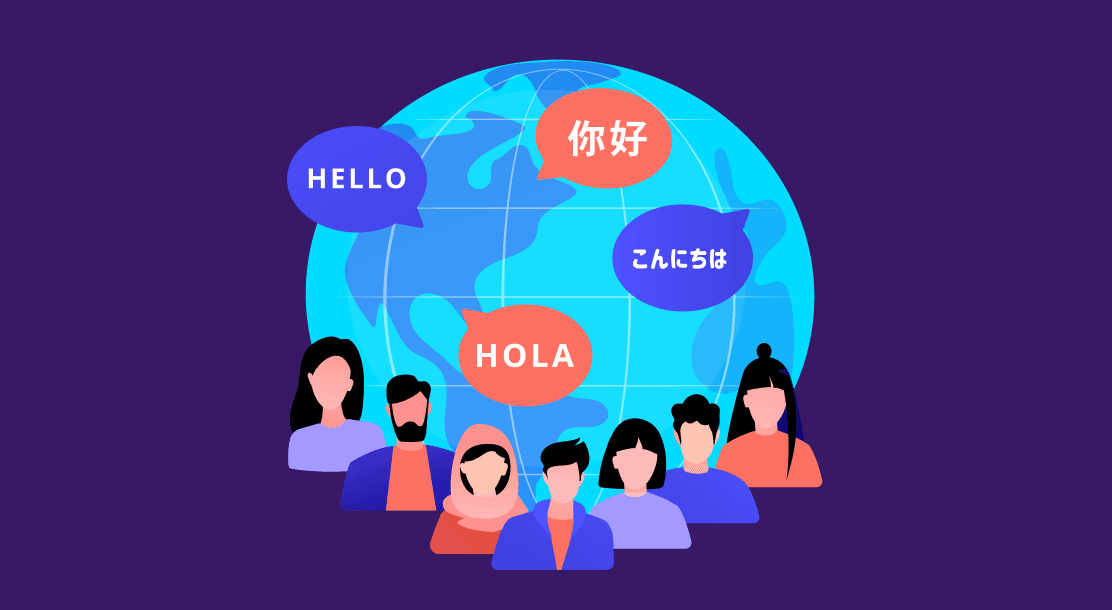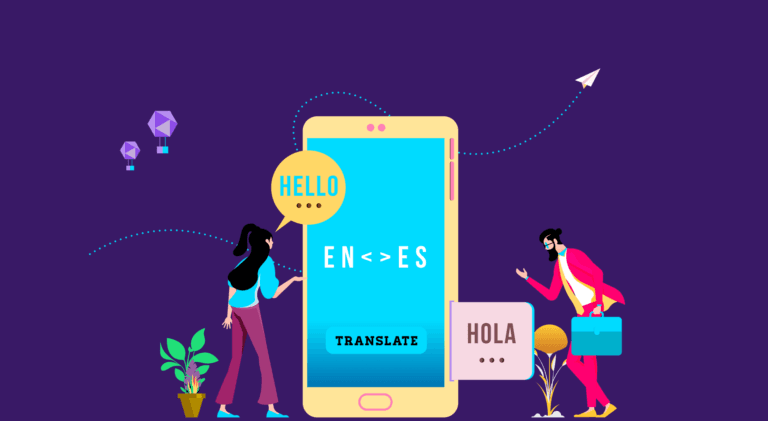Transcreation vs. Translation: How Are They Different?

Are you puzzled about the difference between translation and transcreation? Although both the terms sound familiar, it is crucial to identify their differences individually. So read on below to learn more about the transcreation vs. translation debate.
The simplest way to define translation is a process wherein you convert text from one language to another. It might sound elementary, but there are several intricacies that only experts understand. Unless you give complete attention to the context and detailed meaning, it is impossible to translate text accurately.

A specific piece of content cannot be translated directly, or its real meaning gets lost. For example, slogans, poems, taglines, or brands are a few contexts that don’t fit into the conventional translation techniques. This is where transcreation comes into the picture. It is a process that enables you to transform the text by adding a creative element, keeping its real essence intact.
What Does Transcreation Mean?
Before learning about the difference between translation and transcreation, it is imperative to know all about transcreation. This process targets the adaptation of content from one language to another. However, a distinct aspect of transcreation is that it retains the content’s existing tone, style, and intent.
Utilizing the proper context can uplift the content quality and flair. This also helps in combining the exact concepts with a creative knack. In transcreation, it is possible to adopt a text and keep its tone, quality, purpose, and style intact. To know more about transcreation vs. translation, keep reading.
Is Transcreation a Part of Translation?
While figuring out the difference between translation and transcreation, it is essential to identify their meanings. Translation emphasizes the process of converting the context from one language to another. The corresponding words of a subject are transformed while ensuring that the message conveyed remains intact. Translation refers to the concept of simply transferring the words with the same reference to another format.

On the other hand, transcreation allows the translators to infuse a different level of creativity and cultural know-how into the content. Moreover, when the content gets transcreated, it resonates more with the audience, as it retains the original content’s tone and style. Transcreation, as a process, can be used once the initial round of translation is done.
After evaluating transcreation vs. translation, it is evident that the latter is just a conversion of a specified language, while transcreation is a merger of translation and creativity. Therefore, when someone translates content while retaining its original punch, it’s referred to as transcreation.

5 Key Differences Between Translation and Transcreation
While knowing more about transcreation vs. translation, a few crucial aspects could help you differentiate between the two. They are mentioned below.
1. Creativity marks the start of transcreation

Transcreation begins with a source text that comprises a creative brief. But this is not the case with translation. Transcreation involves using creative ideas, concepts, and ideologies to build content that renders a clear idea about the original copy. A transcreation provider is an expert who enables you to understand the emotion behind the original content and helps in replicating it with a better and enhanced perspective.
2. Transcreation is an expensive deal
Do you know that opting for transcreation can be a pricey affair? Clients usually pay for translation services on a per-word basis. On the contrary, transcreation is an expensive service as specialists might charge hourly or keep in mind the unique needs of the project.
As transcreation demands the amalgamation of additional thoughts and ideas, it may not be justifiable to pay on a per-word basis for it. The transcreator recreates and gives a new outlook to your brand message with added ideas. Transcreation includes several creative services, such as graphic designing, illustrations, video creation, and copywriting.
3. Transcreation helps in brand localization
In translation, the tone of the message or content may change in the target language. Transcreation frame a marketing message targeting a specific set of audiences who can resonate with the details, all while keeping the tone and style of the original message intact.
It is a unique form of content development, with a versatile choice of words and phrases that match the brand’s requirements. Thus, it is a technique to develop new messages with similar orientations but localize them to match the audience’s requirements. Framing the content by keeping its spirit intact is the primary motive of transcreation, and the impact increases when unique elements get added to it.
4. Transcreation works for marketing-centric initiatives
In the translation process, the translator sticks to the informative tone, and the intent is to pass on the information without personalizing it. Transcreation is a better fit when translating content with a marketing intention to acquire the desired action from the reader.
5. Transcreation helps influence customer decisions
The last factor to identify the difference between translation and transcreation is how the latter achieves the key objectives of the marketing campaign. With transcreation services, audiences get well-versed with the actual message of the campaign.
Transcreation emphasizes brand localization to bolster its acceptability in local markets. It focuses on content development with the aim to adapt it to the local cultural nuances as much as possible.
This blog on transcreation vs. translation depicts the core aim of both these services and their influence on the user’s actions. If you are willing to hire a translator or transcreator, it’s essential to figure out the fine line between them.
Digital marketing is a vast industry, and content that helps generate leads is at an all-time high. And because people want more and more hyper-local content, transcreation services have become a must. Moreover, implementing it helps in coping with the latest market needs and brand localization for better prospects.

FAQs
Transcreation refers to the merger of two terms, namely translation, and creation. It is a more precise and detailed form of translation that maintains the original content’s emotion, context, tone, and style.
Localization refers to cultural adaptation when framing the brand message. Transcreation further infuses new speech, emotions, idioms, and phrases to deliver unique yet effective content for marketing purposes.
Transcreation refers to the creative translation of the context, concepts, and emotions. It is generally used to develop a better connection with the readers and enable them to take action.
Latest Blogs
Explore how Google’s 2025 AI search updates triggered ranking chaos. Learn actionable strategies to adapt your SEO for AI Overviews, zero-click searches, and SERP volatility. Stay ahead now.
Learn how to rank on AI search engines like ChatGPT, Perplexity, and Gemini by optimizing your content for authority, structure, and relevance. Stay ahead in AI-driven search with this strategic guide.
Explore the best healthcare SEO services for your medical practice. Improve online visibility and effectively reach more patients in need of your services.
Get your hands on the latest news!
Similar Posts

Translation
5 mins read
All You Need to Know About Language Translation and Terminology Management

Translation
5 mins read
6 Reasons to Translate Content into German

Translation
5 mins read